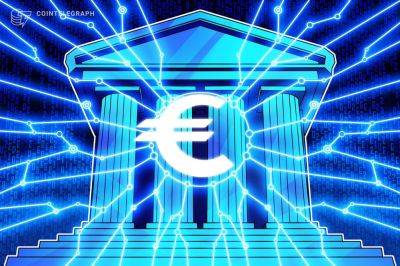Paypal USD: Boon for Ethereum but not decentralization, says community
Paypal’s new Ethereum-based stablecoin, PYUSD has been seen as bittersweet news for the crypto community.
While it could finally see Ethereum find its place in mainstream adoption, it could also spell trouble for decentralization and personal control of assets, warns the community.
The new stablecoin, Paypal USD, was launched on Aug. 7 and is issued by Paxos Trust Co. — the firm behind Binance USD (BUSD). It’s built on Ethereum and “designed for digital payments and Web3,” with the firm saying it will soon be available to United States customers.
The launch has been seen as a boon for Ethereum adoption. Ethereum bulls Anthony Sassano and Ryan Sean Adams believe the ERC-20 stablecoin will push the blockchain closer towards becoming the money layer of the internet.
This is the Ethereum contract address for PayPal's stablecoin.I can't believe i get to tweet that.We've come so far. pic.twitter.com/S6kSqcV4ut
The number of daily active users on Ethereum currently hovers between 300,000-400,000, according to Etherscan.
However, Sean Adams noted that 430 million accounts actively use the online payment processor, which means that over 5% of the world’s 8 billion people could theoretically be onboarded onto Ethereum through PayPal’s new stablecoin.
Martin Koppelmann, the CEO and co-founder of Gnosis, added that by launching PYUSD on Ethereum’s base layer, Ethereum layer-2s will be able to interact with PYUSD too.
Others, including lawmakers, have seen it as another example of larger institutions embracing crypto, breathing new life into the traditional payments system.
In an Aug. 7 statement, Patrick McHenry, Chair of the United States House Committee on Financial Services said stablecoins like PayPal’s PYUSD “hold promise as a
Read more on cointelegraph.com






















